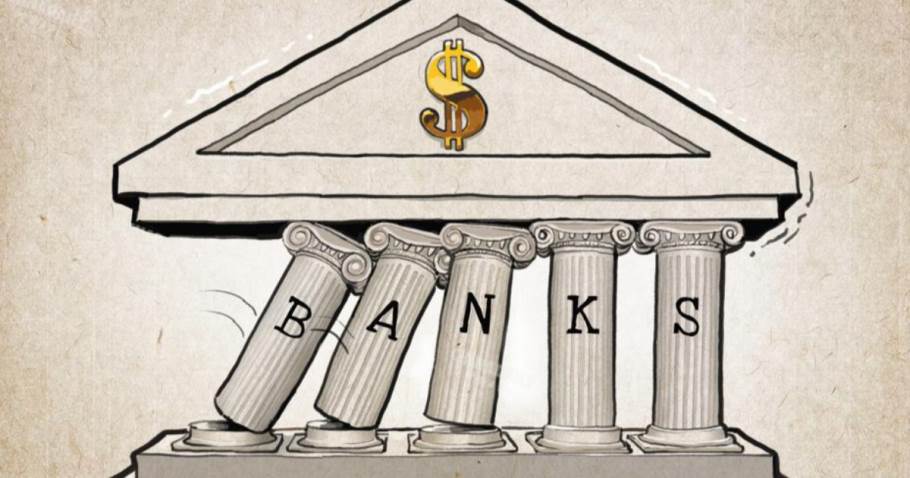Stalker Fan Sends Acid Bomb to Famous Singer, “Because If She’s Ugly, Then No One Will Want Her”
Stalker Sends Acid Bomb to Björk: A Fan’s Dangerous Obsession
In 1996, the world was shocked by the disturbing actions of a man named Ricardo López, an obsessive fan of the Icelandic singer Björk. López’s obsession turned dangerous when he sent an acid bomb to Björk’s home, hoping to disfigure her in an attempt to make her "ugly" so that "no one else would want her." This terrifying act was part of a larger, dark plan that ultimately ended in tragedy, raising serious questions about celebrity privacy and the dangers of obsessive fandom.
A Dangerous Fixation: Ricardo López’s Disturbing Descent
Ricardo López, a quiet and introverted man, grew increasingly obsessed with Björk over time. His mental state deteriorated rapidly as he developed disturbing fantasies about the singer. López documented his thoughts and plans in a chilling video diary, spanning over 20 hours. These recordings revealed his delusions and his detailed plot to send Björk a disguised acid bomb that would spray sulfuric acid upon opening.
His aim was to permanently scar and disfigure her, believing this would somehow bring him closer to her by making her undesirable to others.

In the videos, López expressed extreme jealousy over Björk’s romantic life, particularly her relationship with musician Goldie. His violent fantasies grew more elaborate, culminating in the decision to carry out his acid attack.
Disturbingly, López even explored injecting Björk with HIV-positive blood but ultimately settled on the acid bomb as his method of choice.
The Acid Bomb: A Deadly Package That Almost Reached Its Target
In September 1996, Ricardo López mailed the acid bomb to Björk’s London home from his apartment in Florida. Unbeknownst to Björk, the package made its way across the Atlantic. Fortunately, before it could reach her, authorities intercepted it.
The article is not finished. Click on the next page to continue.
The article is not finished. Click on the next page to continue.




















